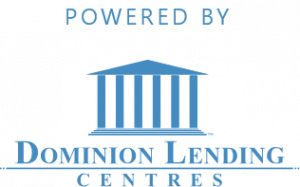Mortgage Payment Frequency Options
Mortgage payment frequency options include many factors. These may influence your choice of payment frequency, including budget flexibility and when your payroll is deposited. Moreover, the ability to take on slightly larger payments will enable you to minimize total interest paid and pay off your mortgage quicker. When it comes to mortgage payments, the frequency of payment is a major consideration. Many mortgage lenders offer options for how often mortgage payments can be made. Ranging from monthly all the way up to bi-weekly, choosing the right mortgage payment frequency largely depends on your own lifestyle preferences.
Monthly
When it comes to mortgage payments, many people opt for having their mortgage payment withdrawn from their bank account on the same day each month. This option makes mortgage payments easier to manage as there are only 12 payments per year. Choosing this payment frequency can also save you money in mortgage interest over time, as your mortgage is paid off faster.
Bi-Weekly
A mortgage payment is typically paid bi-weekly, meaning that your mortgage payment is multiplied by 12, then divided by the number of pay periods per year. This helps to reduce the interest you owe over the course of a year, as bi-weekly payments are equivalent to making one additional payment per year. It also reduces the amount of time it take to payoff the debt.
Accelerated Bi-Weekly
The monthly mortgage payment is divided by 2; this amount is withdrawn every two weeks. With a Bi-weekly frequency, you are making a total of 26 payments per year. However, the payment amount is slightly more. So, you accelerate paying off your mortgage and will be paying less interest total.
These represent mortgage payment frequency options that are available for your own mortgage. Call us to discuss today.




